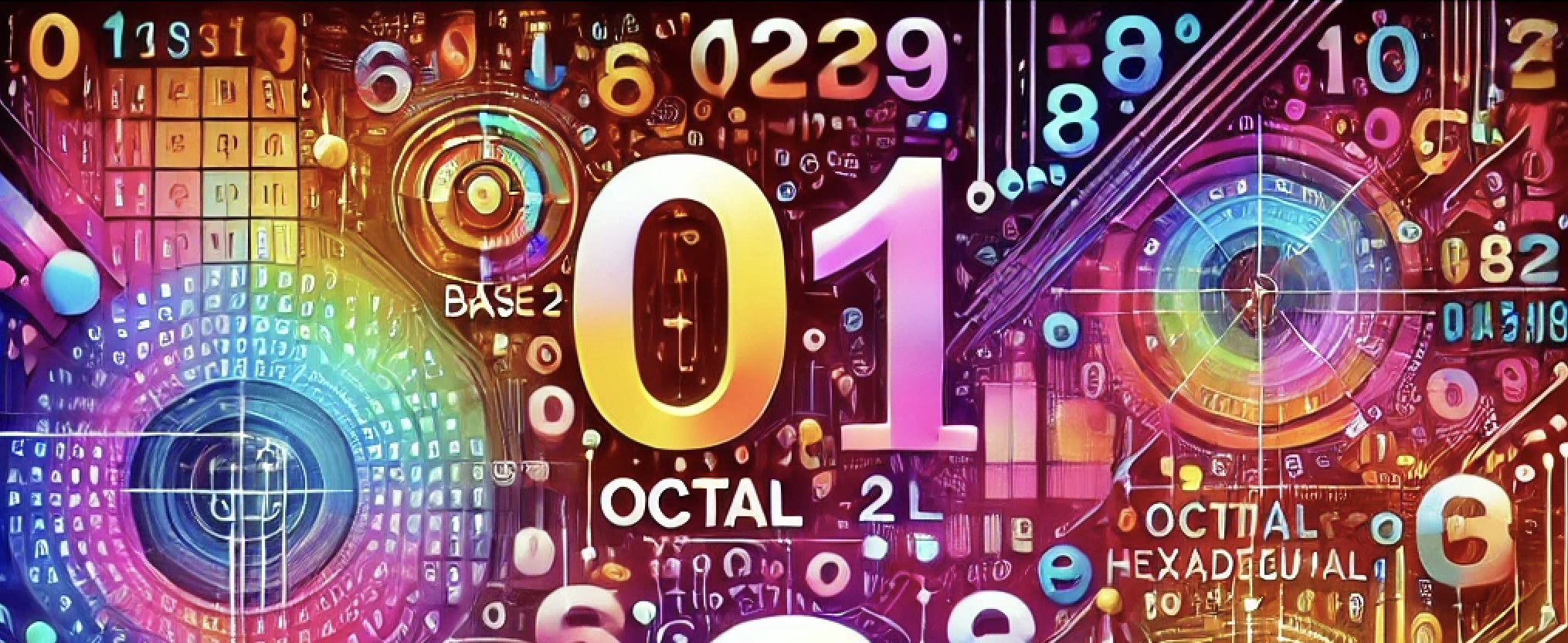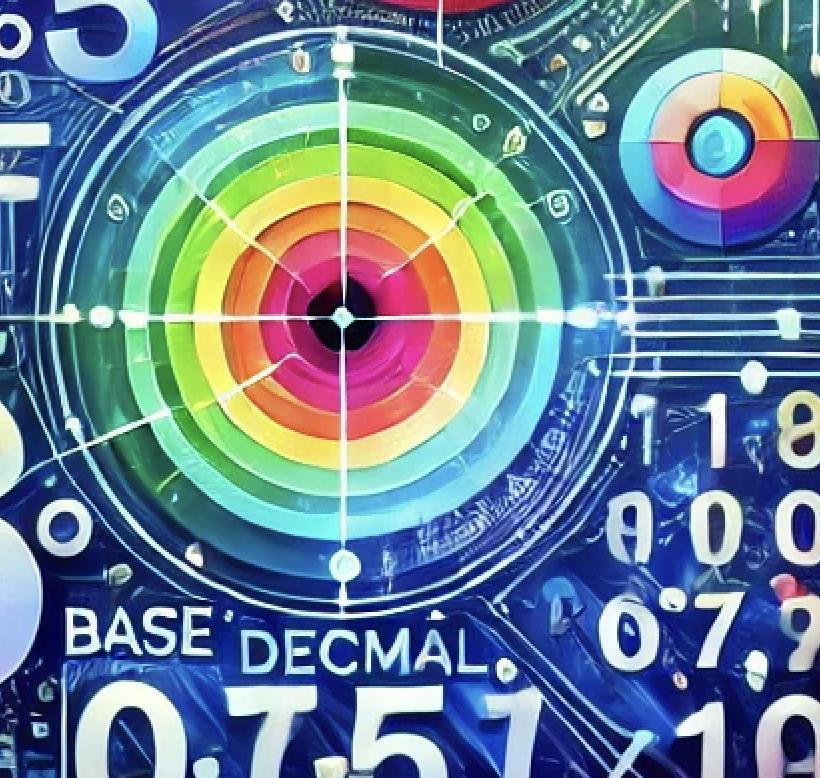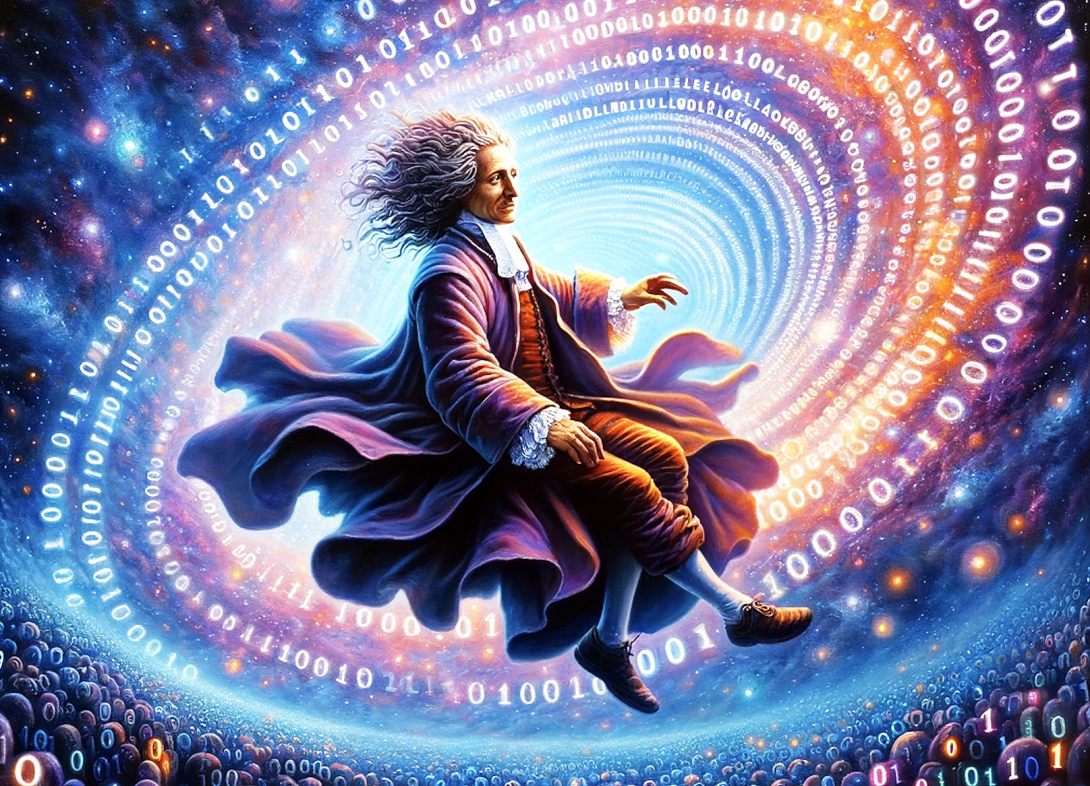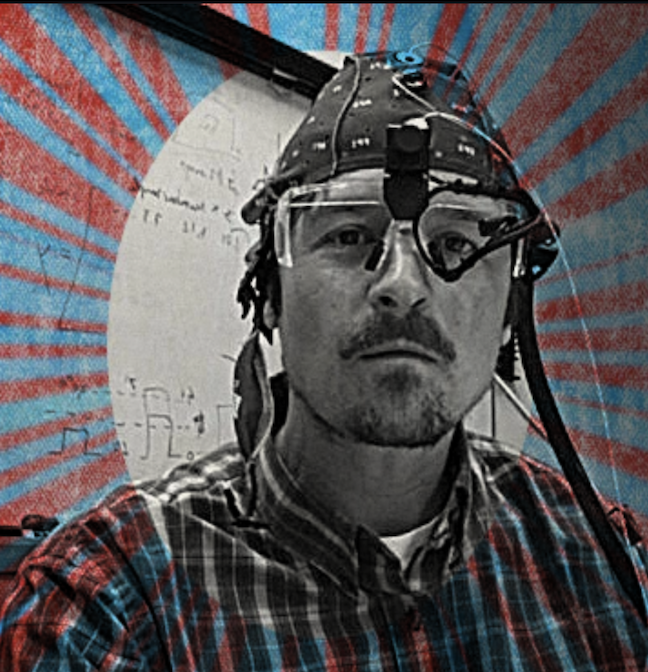Gottfried Wilhelm Leibniz invented the modern binary number system. Today this methodology is necessary and fundamental – in a word: critical – to computing. In 1703, Leibniz published his paper "Explication de l'Arithmétique Binaire" ("Explanation of Binary Arithmetic"), 🧑🔬 where he described how binary (a.k.a. base 2) works, using only 0s and 1s.
Leibniz was fascinated by the simplicity and efficiency of binary as a representation of numbers. He went as far as to connect it to philosophical and theological ideas, believing it reflected the duality of existence, such as God = 1 (something) and man = 0 (nothing). ☀️ In the 18th century binary was an idea only and didn’t actually do very much other than fill Leibniz's mind. There weren’t many applications. Fast forward to German engineer Konrad Zuse, the ENIAC, and John von Neumann’s architecture in the 1930s and 1940s and we can no longer live without it.

In computers, in the cloud, in the device in your hand, and in the networks that link all of those endpoints together, different number systems, including binary (base 2), decimal (base 10), hexadecimal (base 16), and sometimes even base 3, play crucial roles in data representation, computation, and storage. This is a fundamental concept in computer science. It's enlightening to look at some use cases of how and why these conversions are at play in the computers and mobile devices we use everyday.
1. Binary and Machine Language
Computers operate in binary (base 2), using only 0s and 1s, because they rely on electrical signals that can either be on (1) or off (0). Every calculation and data operation performed by a computer is done in binary. Decimal numbers are translated into binary so computers can store and process them. While base 3 isn’t directly used in most computer systems, understanding how to convert numbers between different bases helps with understanding binary and hexadecimal, which are frequently used.🔢
2. Data Representation
The conversion of numbers between bases is a key concept in representing and processing data. Although humans use base 10 (decimal), computers need to interpret that data as binary. By converting base 10 numbers to other systems (like base 2), it demonstrates how computers can interpret and store these values in formats they understand, facilitating efficient data processing and manipulation.
3. Error Detection and Correction
Some error correction algorithms, such as ternary logic or ternary computing, explore the idea of using base 3 (ternary) systems for more efficient computing. While most modern computers are binary, research and theoretical computer science sometimes explore other base systems for tasks like data compression, memory storage efficiency, and error detection.
4. Optimizing Algorithms
Different bases are often used in certain algorithmic strategies. Some optimization algorithms, like ternary search algorithms, take advantage of base 3 logic to efficiently split and search data sets, improving speed in comparison to binary-based algorithms for specific tasks.
5. Computer Arithmetic
Converting between bases helps demonstrate how computers perform arithmetic. Computers use binary to perform all their calculations, but often need to interface with humans or other systems using decimals. The understanding of base conversions allows programmers and engineers to properly design systems that can switch between these representations (for example, converting binary to 🔢 base 10 for human-readable output).
Converting numbers between bases is foundational in understanding how computers interpret, store, and process data in their native binary format. It also helps highlight the importance of number systems in error correction, algorithm design, and efficient computing.

Practice the Conversions
Let’s look at how some of these conversions work. For example, let’s understand what 67 (base 10) is equal to in base 3.
To convert 67 from base 10 (decimal) to base 3, we follow a process of repeatedly dividing the number by 3 and recording the remainders. Here's how it works:
GW Says: Get Binary with Base 2
Let's understand how to convert 588 base 10 (or decimal) to a base 2 (or binary) number. 🧑🔬 To convert 588 from base 10 to base 2, you can use the division-by-2 method, where you repeatedly divide the number by 2, keeping track of the quotient and remainder. After that, it’s easy, the combined remainders form the binary number.

Yes, binary is the same as base 2
In the binary (or base 2) system:
- Numbers are represented using only two digits: 0 and 1.
- Each digit in a binary number represents a power of 2, starting from 2^0 or 20 on the right, moving to higher powers as you move left.
For example, the binary number 1011 represents:
1⋅23+0⋅22+1⋅21+1⋅20=8+0+2+1=11

Binary and base 2 refer to the same numbering system, where only the digits 0 and 1 are used to represent values.
Leibniz was captivated by the elegance and practicality of binary as a way to express numbers, and he linked it to his philosophical and theological beliefs, ☀️ seeing it as a symbol of the dual nature of existence. From his work in 1703, there is a clear path leading to the networked mobile device you hold in your hand today.

